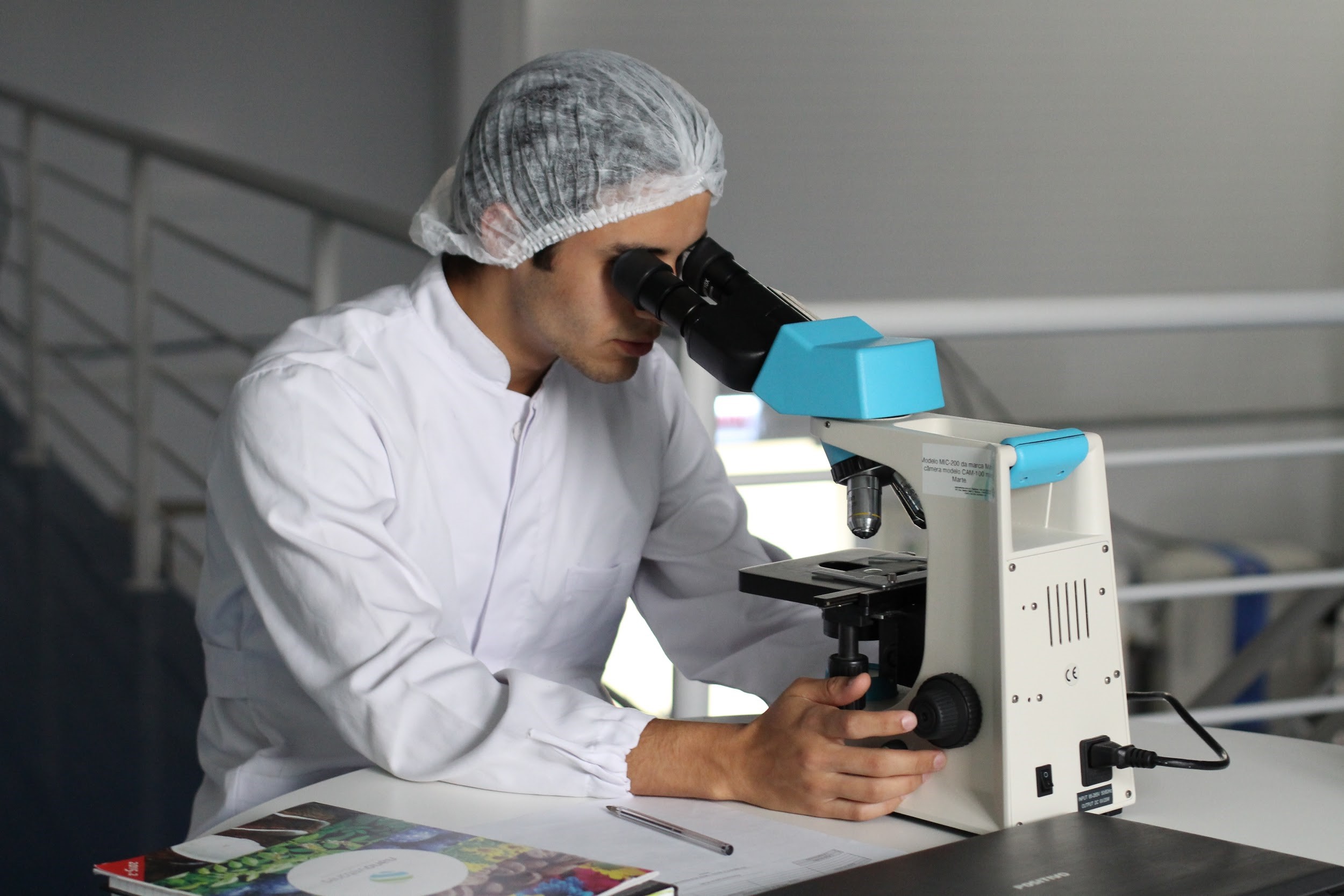
By Heather Hamilton, contributing writer
Artificial intelligence has been in the news of late — from speculation about the future of human jobs to the misadventures of the Amazon Echo, people can’t stop talking about it. But how exactly does it work? For many, the answer is unclear.
To answer that question, researchers at UC San Diego School of Medicine built a visible neural network and crafted it into a DCell model of a brewer’s yeast cell, creating a hierarchy of cellular components and mapping standard machine-learning algorithms. The research, published in Nature Methods, shows that the neural connections are guided by cellular behavior and not randomly made.
“They can be very predictive, but we don’t actually know all that much about how they work,” said Trey Ideker, Ph.D. at the school and Moores Cancer Center professor. He explains that machine-learning systems can analyze the behavior of many people online to flag potential risky behavior such as suicide and terrorism. But he says that we don’t know why or how.
Ideker believes that the key to artificial intelligence in health care is in allowing practitioners visibility into how these conclusions are reached. Phys.org explains that these systems are built on layers of artificial neurons (a neural network) tied together by connections between neurons. The systems develop and advance by fine-tuning those connections.
“Human knowledge is incomplete,” said Jianzhu Ma, an assistant research scientist on the project. “We want to complete that knowledge to help guide predictions in health care and elsewhere.”
Ideker and his team discovered that, by inputting information about genes and genetic mutation, the DCell could accurately predict how the cell would behave almost as well as actual cell growth in laboratory conditions. They input roughly 2,500 known cellular components and hope that it will offer assistance in guiding predictions in health care and other industries.
To test the DCell, the team provided the system with false information. As a result, the cell could no longer predict cell growth because it knew that the process wasn’t possible.
The research team is now gathering data to build a similar digital cell for human cancer that can be personalized for specific patients. “We want one day to be able to input your specific cancer-related genetic mutations and get back a readout on how aggressive your cancer is and the best therapeutic approach to prevent its growth and metastasis,” said Ideker.
Sources: Phys.org, DCell, Nature Methods
Image Source: Pexels
Advertisement
Learn more about Electronic Products Magazine





